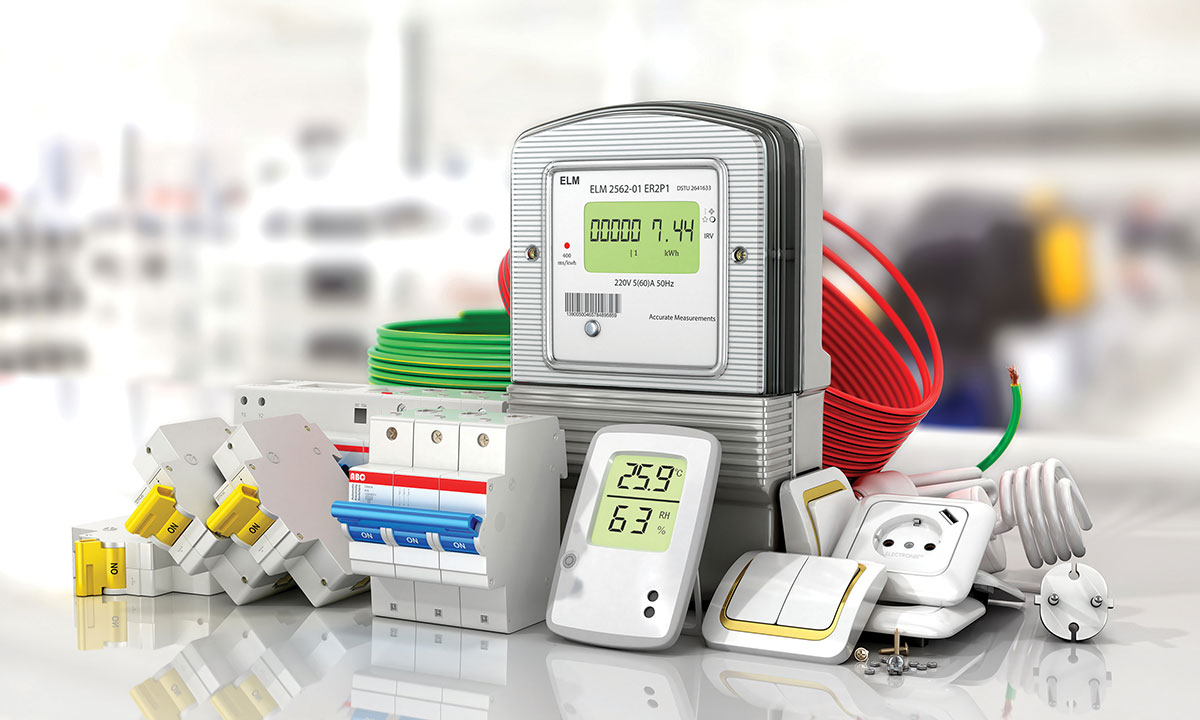The Questions
To play this game, you need a sharp eye, a quick mind and a 2014 National Electrical Code book.
(Fill-in-the-blank questions are looking for the exact word(s) used in the NEC.)
1) Where more than one driving machine disconnecting means is supplied by a single feeder, the overcurrent protective devices in each disconnecting means shall be __________ coordinated with any other supply side overcurrent protective devices.
- Fully
- Series
- Primarily
- Selectively
2) Emergency system(s) __________ devices shall be selectively coordinated with all supply-side overcurrent protective devices.
- Alarm
- Remote
- Overcurrent
- Disconnecting
3) Overcurrent protective devices serving the __________ electrical system shall be coordinated for the period of time that a fault’s duration extends beyond 0.1 second.
- Normal
- Critical
- Essential
- Emergency
4) Selective coordination shall be selected by a __________ professional engineer or other qualified person engaged primarily in the design, installation, or maintenance of electrical systems.
- Certified
- Licensed
- Qualified
- Registered
5) Selective coordination shall not be required between two overcurrent devices located in series if no __________ are connected in parallel with the downstream device.
- Loads
- Fuses
- Devices
- Disconnects
6) Where these devices are used in __________, they shall be coordinated electrically so that they will safely withstand the effects of closing, carrying, or interrupting all possible currents up to the assigned maximum short-circuit rating.
- Series
- Parallel
- Circuits
- Combination
7) The terms coordination and coordinated as used in this section do not cover the __________ range of overcurrent conditions.
- Full
- Entire
- Complete
- Measured
8) Selective coordination is defined as: Localization of an overcurrent condition to restrict outages to the circuit or equipment affected, accomplished by the selection and installation of overcurrent protective devices and their ratings or settings for the full range of available overcurrents, from overload to the maximum available fault current, and for the full range of overcurrent protective device opening times associated with those overcurrents.
- True
- False
9) Where an orderly shutdown is required to minimize the hazard(s) to personnel and equipment, a system of coordination based on coordinated short-circuit protection and overload indication based on monitoring systems or devices is permitted.
- True
- False
10) Feeder and branch-circuit conductors of less than 1000 volts shall have overcurrent protection in each ungrounded conductor located at the point where the conductor receives its supply or at an alternative location in the circuit when designed under engineering supervision that includes but is not limited to considering the appropriate fault studies and time–current coordination analysis of the protective devices and the conductor damage curves.
- True
- False
Bonus Question
[mlw_quizmaster quiz=1]
The Answers
1) D, Selectively. Article 620 contains requirements for elevator electrical systems. Elevator motor branch-circuit short-circuit and ground-fault protection is required to be provided in accordance with Article 430, Part IV and feeder short-circuit and ground-fault protection in accordance with Article 430, Part V. If a feeder supplies more than one driving machine, Section 620.62 requires that the overcurrent protection in each disconnecting means must be coordinated with any upstream protective devices.
2) C, Overcurrent. Article 700 contains requirements for emergency electrical systems intended to provide power during interruption of normal power. In 700.28, the requirement for selectively coordinating overcurrent devices is intended to localize outages and prevent widespread loss of power for facilities. The language requires coordination with all supply side overcurrent devices, including both normal and alternate power sources. Fire pumps have the same requirement in 695.3(C)(3).
3) C, Essential. Section 517.30(G) language reflects the requirements for coordination of overcurrent devices found in NFPA 99, Health Care Facilities. Although this is not equivalent to selective coordination, which requires coordination over the full range of available overcurrents and opening times, this requirement provides limited protection against widespread outages in health care facilities.
4) B, Licensed. This language is new for the 2014 NEC and is found in Sections 620.62, 700.28, 701.27 and 708.54. The new language also states “The selection shall be documented and made available to those authorized to design, install, inspect, maintain, and operate the system.”
5) A, Loads. This exception is found in several locations, including Sections 708.54, 701.27 and 700.28. The purpose of selective coordination is to prevent the unnecessary loss of power to loads not served by the overcurrent protective device that isolates a fault. Therefore, if two overcurrent devices in series serve exactly the same loads, it does not matter which one operates, or if both operate.
6) D, Combination. 490.21(E) contains requirements for load-interrupter switches serving nominal voltage systems of 1000 volts or more. Such switches are allowed if fuses or circuit breakers are used in conjunction with the devices to interrupt fault currents.
7) A, Full. This Informational Note found after 517.30(G) indicates that the required coordination of overcurrent devices in health care facilities for faults that persist longer than 0.1 second does not selectively coordinate the overcurrent devices. Faults that fall outside that range may unintentionally operate upstream devices, causing outages that affect other systems in a health care facility.
8) A, True. This definition is found in Article 100, and it was revised for the 2014 NEC. The word “choice” was replaced with “selection and installation,” and language was added to clarify that selective coordination applies to the full range of available overcurrents and overcurrent protective device opening times.
9) A, True. This allowance is found in 240.12, and the informational note explains the effect of this language: Informational Note: The monitoring system may cause the condition to go to alarm, allowing corrective action or an orderly shutdown, thereby minimizing personnel hazard and equipment damage.
10) B, False. This information is found in 240.100(A).










Find Us on Socials